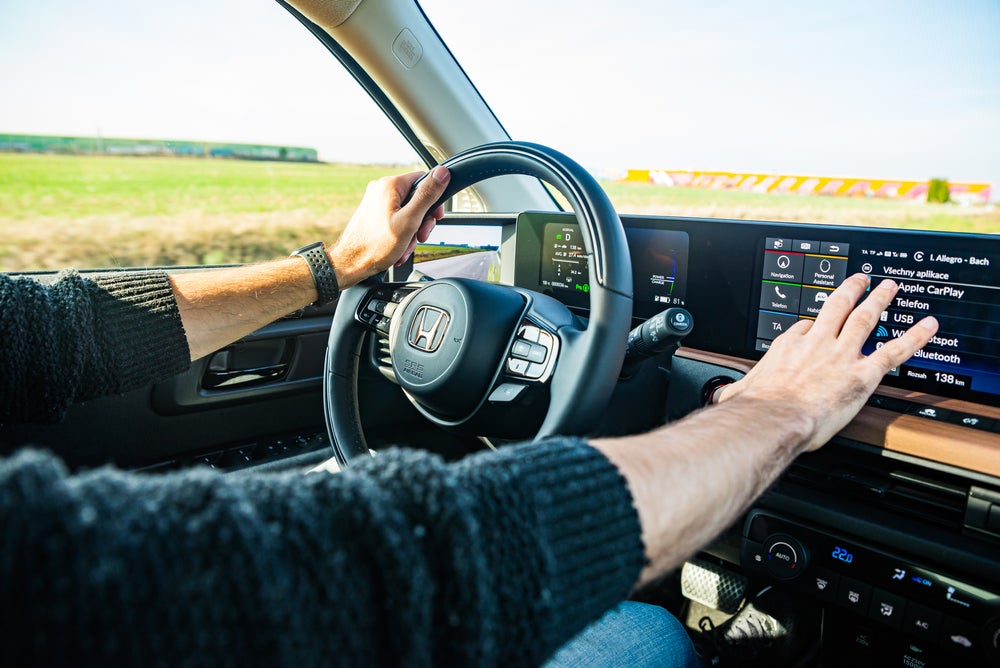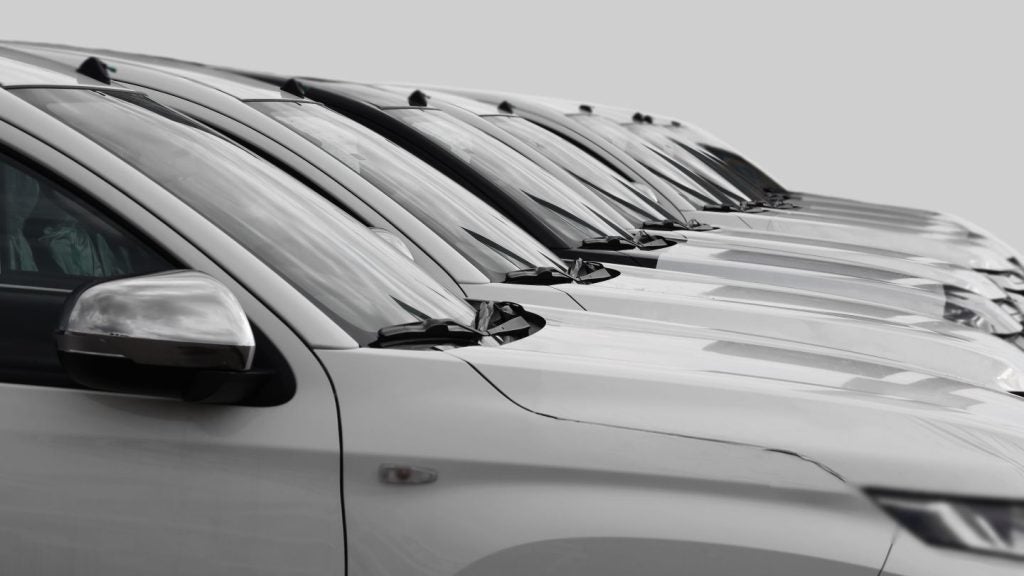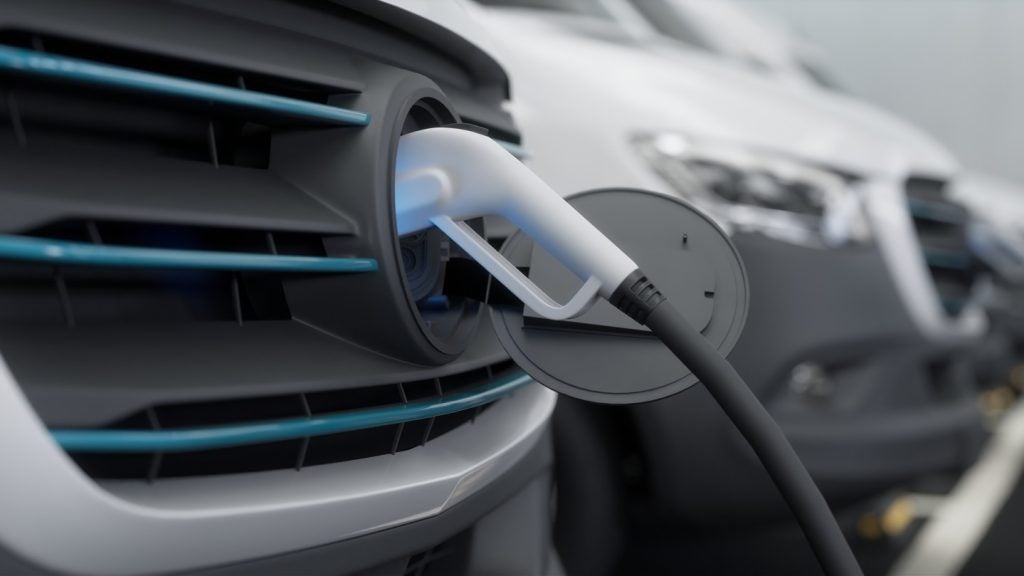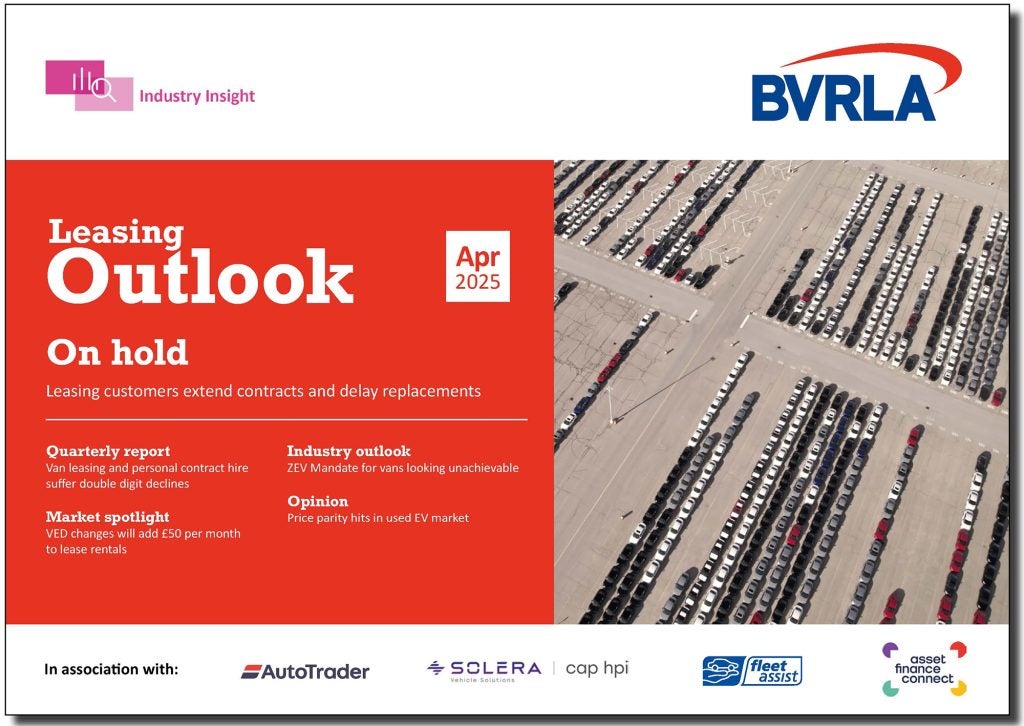
Honda is looking to set up more partnerships to tackle future challenges – that is the message coming from the company’s incoming chief executive, Toshihiro Mibe. The statement is intended as a rallying cry for the company – a recognition that rapid change is upon the automotive industry, and Honda will need to branch out to ensure it is ready to tackle it. Mike Vousden writes.
The Japanese auto giant is traditionally a fiercely independent operation with most of its existing joint venture activity coming in the form of component agreements with firms such as GS Yuasa for batteries and GM’s Cruise for autonomous tech. So far, it has resisted calls to join automaker mega-mergers that are emerging across the auto industry such as PSA and FCA’s tie-up to become Stellantis, or Renault and Nissan’s Alliance.
However, with a new chief executive comes a new set of priorities and, in a statement to the press last week, Mibe said that Honda “would consider using external insight or potential alliances among other actions to make decisions without hesitation”. This flies in the face of Honda’s traditional business strategies driven by its own engineering might and production capabilities.
The reason for the new approach is, as noted by Mibe, to ensure that Honda can keep up with its rivals – some of whom have already taken strong steps to tackle oncoming disruptions from CASE megatrends: connected cars, autonomy, shared mobility services and electrification. The latter trend, in particular, is an area in which Honda finds itself behind, with Tesla rapidly establishing a lead in the growing electric vehicle (EV) sector and many traditional automakers racing to catch up.
In the statement, Mibe encouraged Honda to undertake “major transformation at great speed…time is of the essence and I would opt to use alliances and external insight to accelerate our shift”.
This indicates that the need for the business to respond to CASE megatrends has become particularly pressing and Mibe feels that Honda will need to partner with other companies to ensure its response is both sufficient and rapid enough.

US Tariffs are shifting - will you react or anticipate?
Don’t let policy changes catch you off guard. Stay proactive with real-time data and expert analysis.
By GlobalDataHonda has a wealth of established strength in building combustion-powered cars. It is still the world’s largest combustion engine manufacturer by volume thanks to its presence in automotive, motorcycle, power generation, marine and industrial markets. However, that strength doesn’t count for much when trying to establish large-scale production of electric vehicles.
So far, Honda’s advances into the market are the compact Honda e-hatchback – praised by critics but not yet sold in great volumes – and the company’s existing joint venture with General Motors to use its Ultium range of motors and batteries, co-developed with LG Chem, although new models are not expected to appear until 2024.
Beyond electrification, Honda may be seeking a partnership to gain more strength in autonomous vehicle (AV) technology – another incredibly expensive area of research. Again working alongside GM, Honda has invested in Cruise to use its self-driving technology but this is likely to be concerned mainly with full-self-driving level 4 and 5 autonomous vehicles.
Honda has stated its aim to launch a version of its premium Legend sedan in early 2021 with a level 3 autonomous system – technology it could gain access to through a partnership with an established AV developer.







